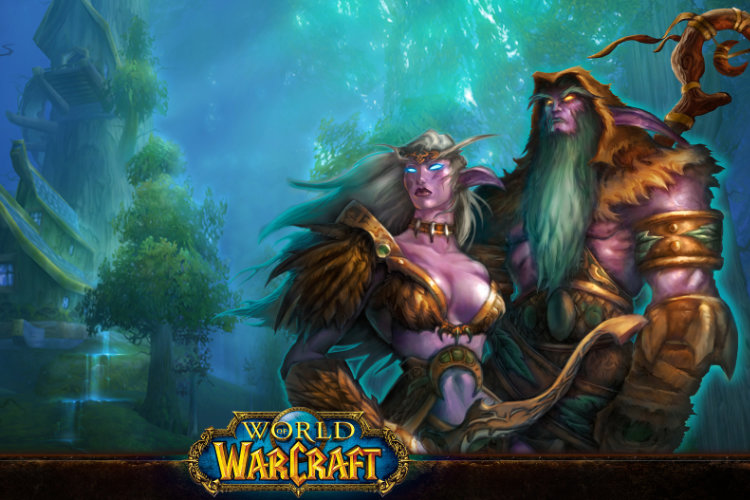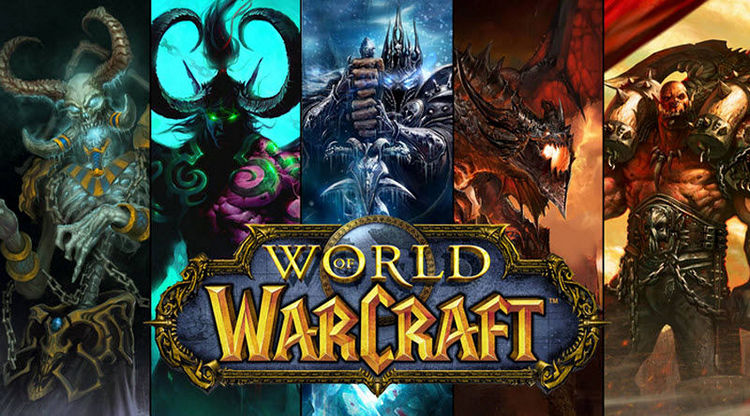
Recently, Snail Games has begun development on a reboot of Dark and Light, soon to be available in Early Access. The servers were shut down two years later. Basically, it was a worse case scenario for a game launch. Players got a buggy mess, poor performance, lousy graphics, server instability, and frequent rollbacks, among other problems. With the market becoming dominated by WoW and its imitators, D&L's backers pressured NPCube to release the game, which was, to the publisher's own admittance, unfinished. A game of older sensibilities in the vein of other MMOs like Everquest, it featured a massive open world, the largest of its time. What happened to MMOs that were still in development when the monster that is World of Warcraft was released? That's the situation that developer NPCube found themselves in with their game Dark and Light, which had been in development since 2002. Wildstar quickly abandoned its subscription model for a free-to-play one, but even that has not stopped its rapid decline as their team has faced layoffs and the PVP servers were shut down for being under-populated. Over the coming months, the population began to dwindle, with players complaining about the long quest grind, poor optimization, and lack of non-raiding content at the end game. When Wildstar launched, players faced long queue times, unstable serves, and a litany of bugs. Plus, it featured a unique, cartoony art style that promised to withstand the rigors of time. Particularly, they marketed themselves to players who enjoyed raiding in the vanilla World of Warcraft who felt as if the expansions had make the game too easy. Another title developed by former Blizzard employees, Wildstar made promises to bring back the more' hardcore' aspects of MMOs that were no longer present.

This one is technically still chugging along, but the rapid decline of its player base makes it feel like this game is dying a slow death and thus deserves its place on this list.


Here are the biggest flops in the history of MMOs and what caused their downfalls. And sometimes, despite all the hype they work to build, the popularity of the property they are using, and all the promises of 'open worlds' and 'innovative combat' these games fail to take hold, they lead to massive financial losses. Developers are taking a gamble with their big budget MMOs that they will draw in and hold the attention of a large player base and make their money back with subscriptions and cash shop items. And those costs only continue to mount during the game's lifetime, from technical costs such as maintaining and upgrading servers, to the costs of developing new content to keep the players active. Though that market has changed a bit since World of Warcraft's release, with many games now going with a 'freemium' or 'buy to play' model, the allure remains there for developers to grab a part of that massive market.īut MMO development is a huge, costly undertaking, with games such as Star Wars: The Old Republic costing upwards of $200 million. Though MMOs have been around since at least the 90s with Ultima Online and The Realm Online (and even earlier than that if you consider MUDs), it was World of Warcraft's explosion into the market in 2004 and its millions of subscribers that drove many developers to pursue online gamers. Massively Multiplayer games are the holy grail of game development.


 0 kommentar(er)
0 kommentar(er)
